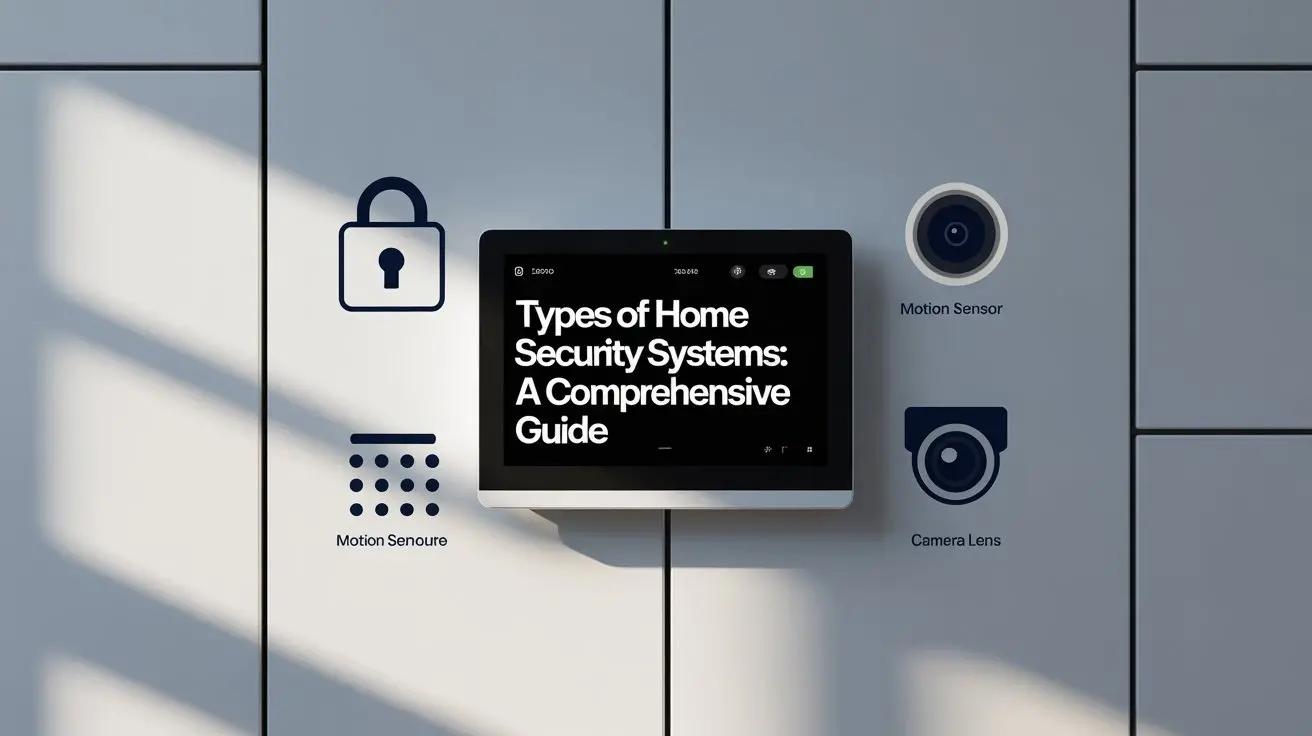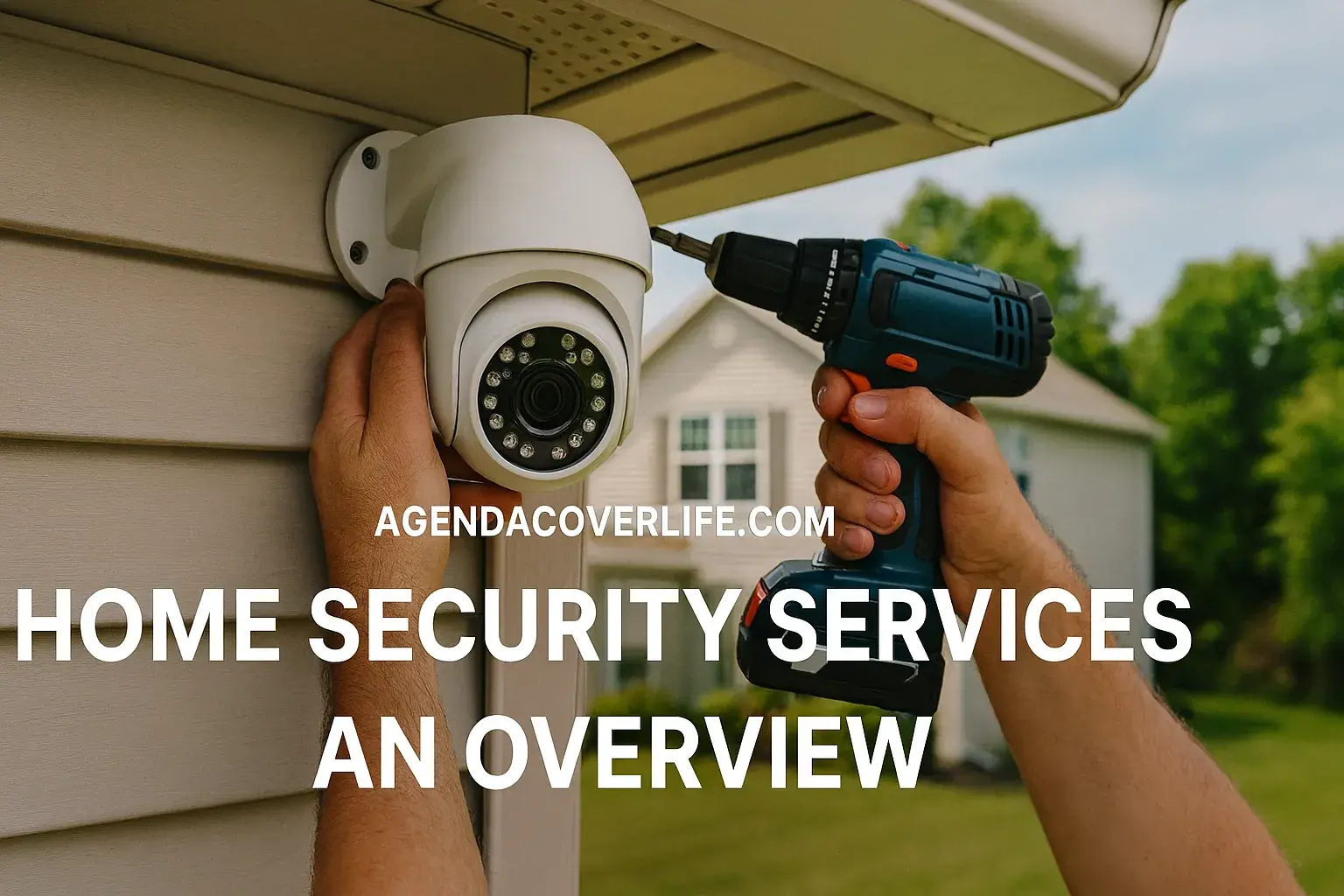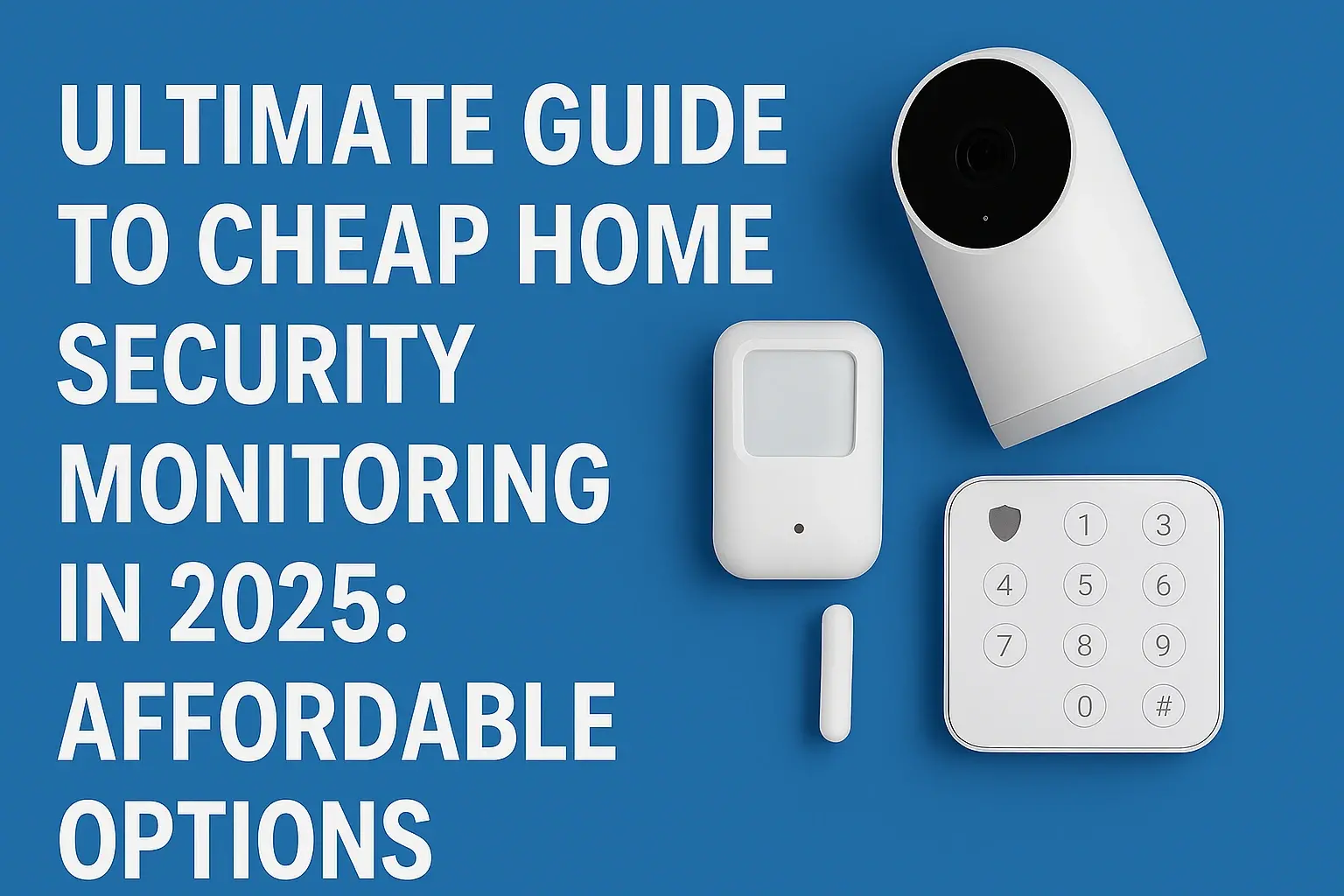In today’s world, ensuring the safety of your home and loved ones is a top priority. With advancements in technology, home security systems have evolved to offer a wide range of options tailored to different needs and budgets. Whether you’re looking for a simple DIY setup or a professionally monitored solution, understanding the types of home security systems available can help you make an informed decision. In this guide, we’ll explore the various types of home security systems, their features, benefits, and considerations to help you choose the best one for your home.
1. DIY Home Security Systems
What Are They?
DIY (Do-It-Yourself) home security systems are designed for homeowners who want a cost-effective and customizable solution. These systems typically come with easy-to-install components like cameras, motion sensors, and door/window sensors that you set up yourself without professional assistance.
Features
Wireless Technology: Most DIY systems use Wi-Fi or Bluetooth for seamless connectivity.
Smartphone Integration: Control and monitor your system via a mobile app.
Customizable Components: Add or remove devices like cameras, sensors, or smart locks as needed.
No Long-Term Contracts: Many DIY systems operate on a subscription-free or pay-as-you-go model.
Benefits
Affordability: Lower upfront costs compared to professional systems.
Flexibility: Easily relocate the system if you move.
User-Friendly: Simple setup process, often with guided instructions.
Considerations
Self-Monitoring: You’re responsible for responding to alerts unless you opt for a monitoring subscription.
Technical Skills: Basic tech knowledge is required for setup and troubleshooting.
Limited Support: Customer service may not be as robust as professional systems.
Popular Brands: Ring, SimpliSafe, Blink
2. Professionally Monitored Home Security Systems
What Are They?
Security companies install and manage professionally monitored systems. These systems are connected to a 24/7 monitoring center that responds to alerts and dispatches emergency services if needed.
Features
24/7 Monitoring: Trained professionals monitor your home around the clock.
Advanced Equipment: Includes high-quality cameras, sensors, and alarm systems.
Professional Installation: Technicians set up the system for optimal performance.
Integration with Emergency Services: Direct connection to police, fire, or medical services.
Benefits
Peace of Mind: Immediate response to threats, even when you’re away.
Reliability: Robust equipment and backup systems ensure consistent performance.
Comprehensive Protection: Covers burglary, fire, carbon monoxide, and more.
Considerations
Higher Costs: Monthly monitoring fees and installation charges can add up.
Contracts: Many providers require long-term commitments.
Less Flexibility: Relocating the system may involve additional fees.
Popular Brands: ADT, Vivint, Frontpoint
3. Smart Home Security Systems
What Are They?
Smart home security systems integrate with smart home ecosystems, allowing you to control security devices alongside other smart appliances like lights, thermostats, and door locks. These systems often rely on Wi-Fi and are managed through a central hub or app.
Features
Voice Control: Compatible with Amazon Alexa, Google Assistant, or Apple HomeKit.
Automation: Set rules like turning on lights when motion is detected.
Remote Access: Monitor and control your system from anywhere using your smartphone.
Scalability: Easily add smart devices to enhance functionality.
Benefits
Convenience: Seamless integration with your smart home setup.
Customization: Tailor automation to fit your lifestyle.
Energy Savings: Combine security with energy-efficient smart devices.
Considerations
Dependency on Internet: Requires a stable Wi-Fi connection.
Compatibility Issues: Not all devices work with every smart ecosystem.
Learning Curve: May require time to master advanced features.
Popular Brands: Nest, Arlo, Eufy
4. Wired Home Security Systems
What Are They?
Wired home security systems use physical cables to connect components like cameras, sensors, and control panels. These systems are typically installed by professionals and are known for their reliability.
Features
Hardwired Connections: Components are powered and connected via cables.
Central Control Panel: A hub for managing the entire system.
Battery Backup: Ensures functionality during power outages.
High Reliability: Minimal interference compared to wireless systems.
Benefits
Stability: Less prone to signal disruptions or hacking.
Longevity: Durable equipment with a longer lifespan.
Comprehensive Coverage: Ideal for large homes or complex setups.
Considerations
Installation Complexity: Requires drilling and wiring, which can be invasive.
Higher Costs: Professional installation and maintenance are often expensive.
Limited Flexibility: Difficult to modify or relocate.
Popular Brands: Honeywell, DSC
5. Wireless Home Security Systems
What Are They?
Wireless home security systems use radio frequencies, Wi-Fi, or cellular signals to connect components, eliminating the need for physical cables. These systems are popular for their ease of installation and flexibility.
Features
Battery-Powered Devices: Most components run on batteries or solar power.
Cellular Backup: Some systems use cellular networks for connectivity during Wi-Fi outages.
Scalable Design: Add devices without running new wires.
Portable: Easy to take with you if you move.
Benefits
Easy Installation: No drilling or wiring required.
Flexibility: Ideal for renters or those who frequently relocate.
Modern Design: Sleek, unobtrusive devices blend into your home.
Considerations
Battery Maintenance: Regular battery replacements are needed.
Signal Interference: Wi-Fi or radio signals may be disrupted by walls or other devices.
Security Risks: Wireless systems may be vulnerable to hacking if not properly secured.
Popular Brands: Abode, Cove, Wyze
6. Video Surveillance Systems
What Are They?
Video surveillance systems focus on monitoring your property through cameras. These can be standalone systems or part of a broader security setup, offering real-time and recorded footage.
Features
High-Definition Cameras: Capture clear footage day or night.
Cloud or Local Storage: Store recordings for later review.
Motion Detection: Alerts you to suspicious activity.
Two-Way Audio: Communicate through cameras with built-in speakers.
Benefits
Visual Evidence: Footage can aid in identifying intruders or incidents.
Deterrence: Visible cameras discourage potential burglars.
Remote Monitoring: View live feeds from your smartphone or computer.
Considerations
Privacy Concerns: Cameras may raise concerns for neighbors or guests.
Storage Costs: Cloud storage subscriptions can be expensive.
Maintenance: Cameras require regular cleaning and updates.
Popular Brands: Reolink, Lorex, Swann
How to Choose the Right Home Security System
Selecting the best home security system depends on your needs, budget, and lifestyle. Here are some factors to consider:
Home Size and Layout: Larger homes may require wired or hybrid systems for full coverage.
Budget: DIY and wireless systems are more affordable, while professionally monitored systems offer premium features at a higher cost.
Technical Comfort: If you’re tech-savvy, a DIY or smart system may be ideal. Otherwise, opt for professional installation.
Monitoring Preferences: Decide whether you want self-monitoring or professional oversight.
Future Needs: Choose a scalable system if you plan to add devices later.
Conclusion
With so many types of home security systems available, there’s a solution for every homeowner. Whether you prioritize affordability, advanced technology, or round-the-clock monitoring, understanding the features and trade-offs of each system will guide you toward the right choice. Take the time to assess your needs, compare brands, and invest in a system that provides peace of mind and protection for your home.
Ready to secure your home? Start by exploring trusted brands and comparing features to find the perfect fit for your lifestyle.
Call (888) 805-5456 to get a home security system now!






